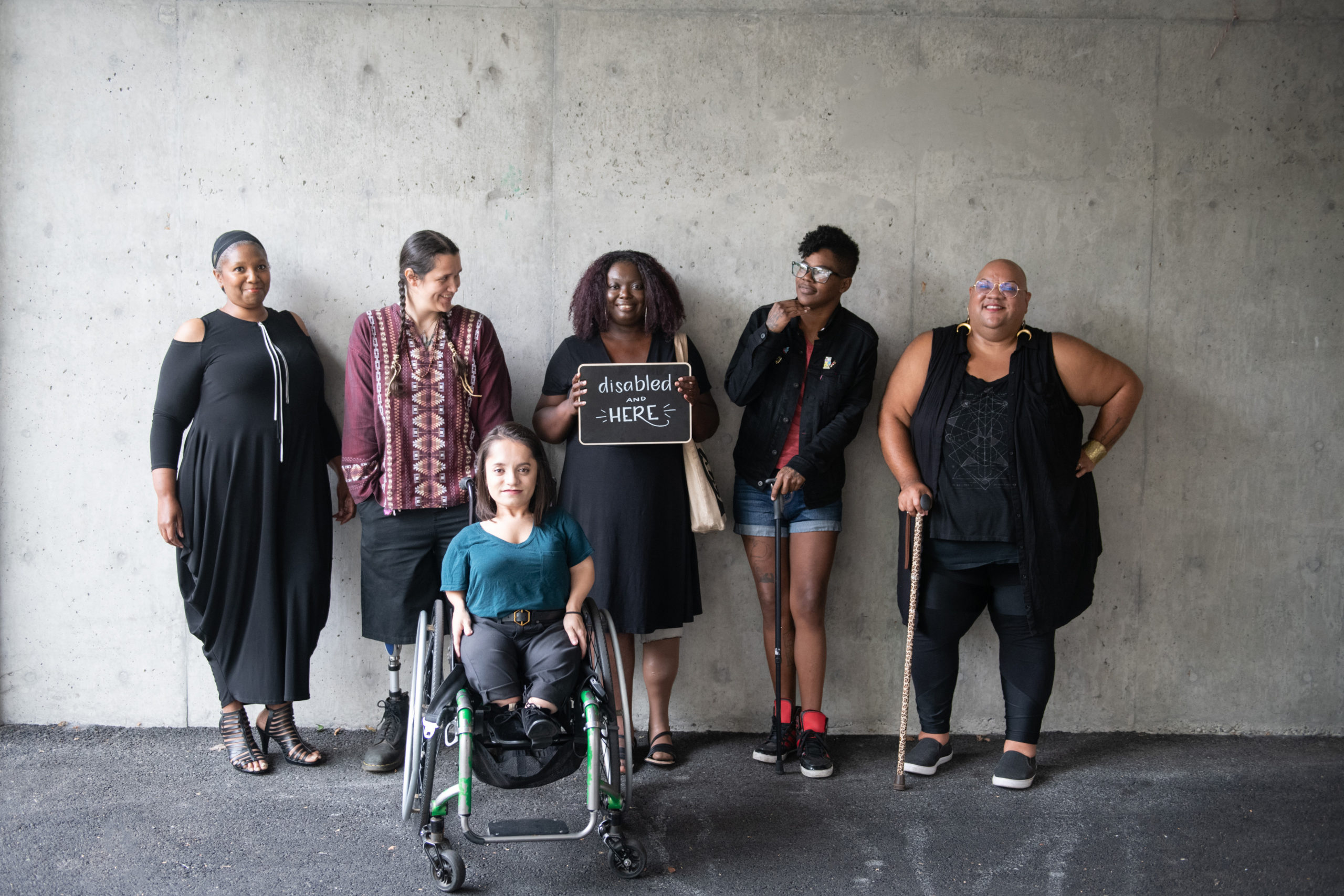By Rachel Thomas, Director of Research Initiatives at Human Rights Funders Network
What was the context for migrants and refugees?[1]
Aryah Somers Landsberger of Grantmakers Concerned with Immigrants and Refugees (GCIR) explains that two major refugee crises prompted US foundations to support more work related to migrants and refugees between 2011 and 2015: unaccompanied children fleeing violence in Central America and the Syrian refugee crisis. Sarah Sommer of the European Programme for Integration and Migration (EPIM) notes that, though significant migration to Europe has been happening for some time, this period brought xenophobia and backlash that raised its visibility. Both contexts saw rising nationalist tides calling for stricter controls and tighter borders.
How did the funding shift?
Human rights funding for migrants and refugees increased 24% from 2011 to 2015. It may seem like a modest sum but this funding seeks systemic change in pursuit of the protection and enjoyment of human rights; it does not incorporate the increases (and sometimes shifts) of funding to short-term humanitarian needs over long-term structural solutions. Sarah says it’s a difficult question that funders still debate: “Do you invest in separate structures because the government is not delivering or do you help the government to deliver?” Looking forward, she hopes more foundation funding goes toward establishing systemic solutions by working with and advocating to governments for the long term. In recent years, both EPIM and GCIR have seen funders investing more in local-level interventions given limited traction at national levels.
A striking trend is the level of foundation funding meant to benefit migrants and refugees in North America[2] (59%) and Western Europe (14%) in comparison to regions like Latin America and Mexico (5%) or the Middle East and North Africa (2%). Some foundations may make international grants through donor-advised funds beyond those captured here, so the international figures may be slightly higher. However, Sarah says the disparity is a confirmation of what she expected: migration-route origins receive less attention than their ends. Elyse Lightman Samuels shares, “We at Unbound Philanthropy, along with others, have observed that with the Syrian refugee crisis and people fleeing violence and persecution from Central America, countries in the West have been forced to confront what people in other regions have endured for decades.” In response, many funders in North America and Western Europe have focused more funding on their own regions than on the rest of the world.
Why do we need the numbers?
In total, 12% of the human rights funding we documented went toward migrants and refugees. Aryah explains why knowing this is so important: “One of the rallying cries of the current anti-immigrant movement is that the economic pie is only so big and migrants and refugees take jobs and earnings from native-born workers. In reality, migrants and refugees create demand which leads to more jobs and economic activity. I think this research helps put things in context. The perception of overinvestment in migrant and refugee communities to the detriment of others is not supported by data.”
Where do we go now?
Aryah, Elyse, and Sarah all expressed concern for what the current political environment may mean for funder engagement moving forward. They have seen increased worry among funders about possible backlash against themselves or their programs, including some who do not want to be publicly identified as funding work with migrants and refugees as a result. Sarah explains, “I still see effects that are more positive in terms of [funders] stepping up, but I do know that there are also things that some funders are more careful with. They factor the risks into their planning.” We will keep an eye on these trends and hope data continues to inform the dialogue.
[1] The Advancing Human Rights initiative tracks the evolving state of global human rights grantmaking. It is a collaboration between Human Rights Funders Network and Foundation Center, in partnership with Ariadne and Prospera, and maps the issues addressed, funding strategies used, and populations and regions served. The goal is to give funders and advocates the information they need to inform their decisions and increase their effectiveness.
Between 2011 and 2015, we collected data on almost 100,000 human rights grants from 1,193 funders in 114 countries. We recently released our first-ever trends analysis based on a subset of 561 funders who shared data all five years. In this Data in Dialogue series we take a closer look at the regions and populations to put funding trends in context and consider their implications.
[2] This figure only includes Canada and the United States.



